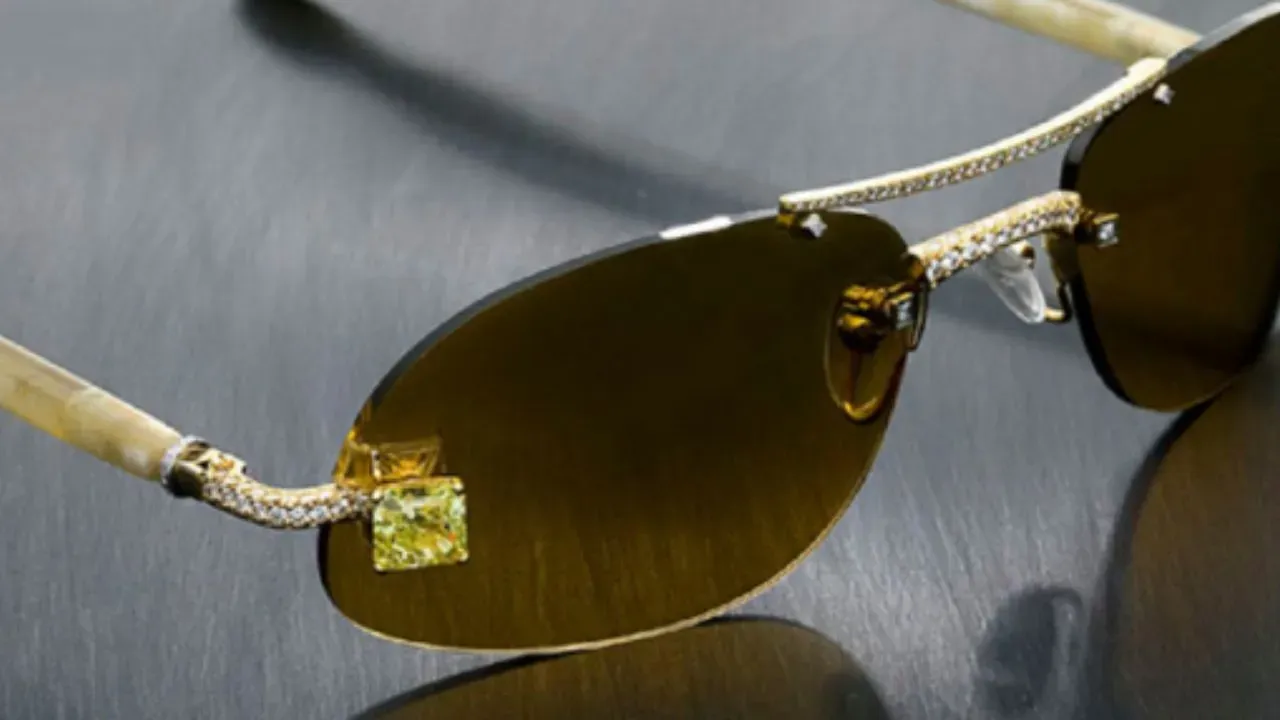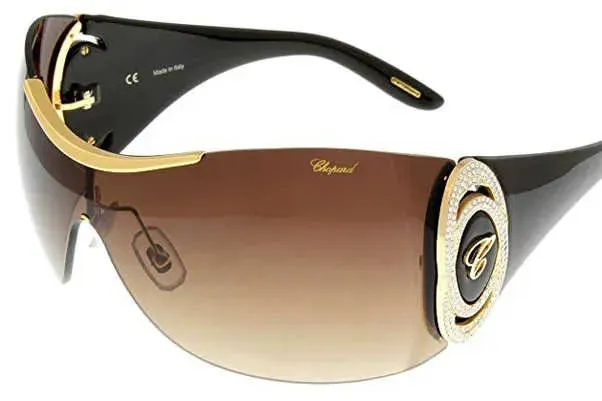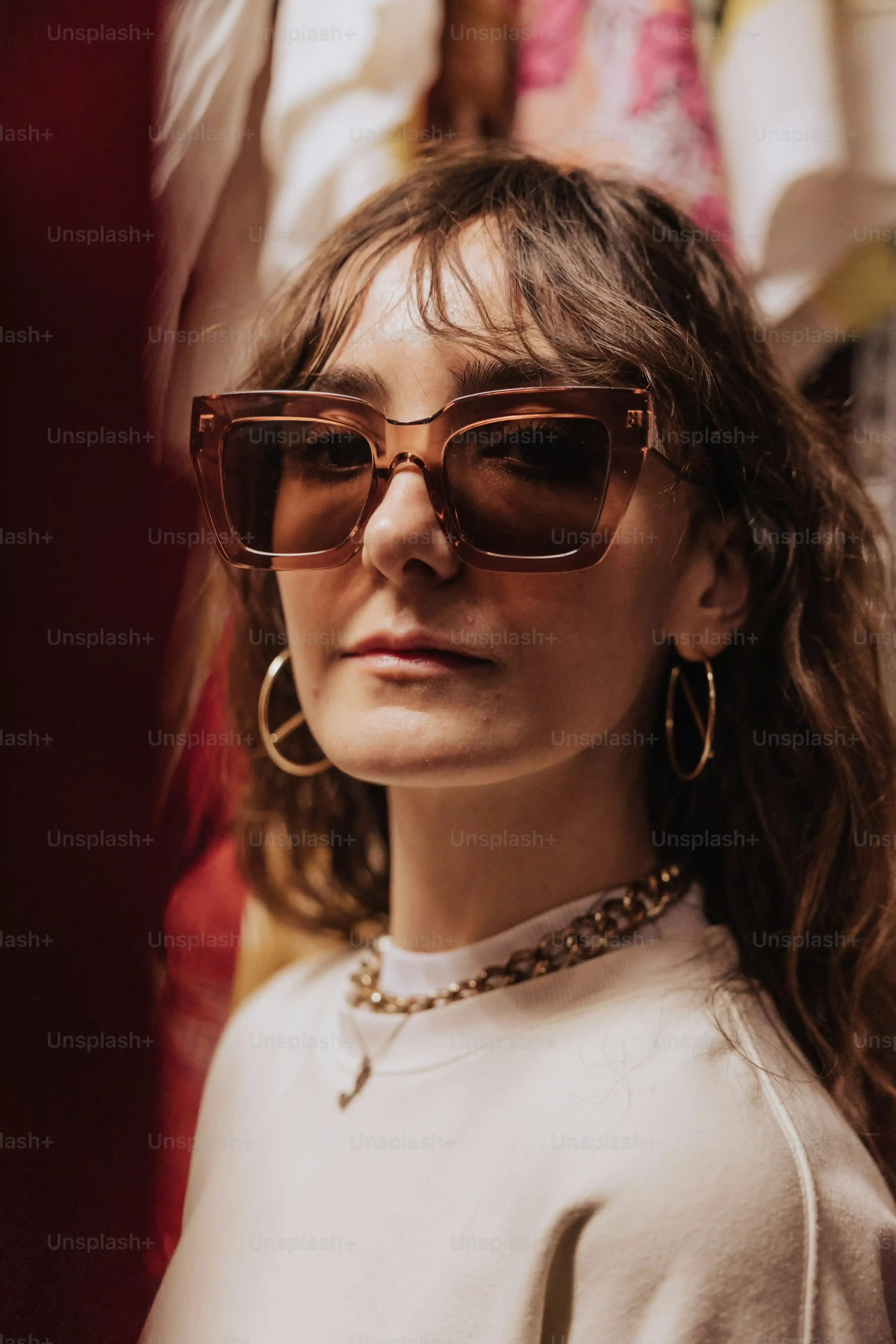Table of Contents
You've probably seen them. Sunglasses with price tags that make your eyes water more than the sun ever could. We're talking about those pairs that cost hundreds, sometimes thousands, of dollars. It makes you wonder, are you paying for the lenses, the frame, or just a tiny logo on the side? The world of expensive sunglasses can seem a bit opaque, shrouded in marketing speak and luxury mystique. What exactly goes into making a pair of sunglasses cost more than a decent used car? Is it purely about the brand name, or is there something more substantial happening behind the scenes? This article cuts through the glare to explore the real reasons behind the hefty price tags on expensive sunglasses. We'll look at the materials, the craftsmanship, the branding, and ultimately, help you decide if they're worth the significant investment.
Beyond the Glare: What Makes Expensive Sunglasses Cost So Much?
Beyond the Glare: What Makes Expensive Sunglasses Cost So Much?
Alright, let's talk about those sunglasses that come with a price tag that feels like a punch to the gut. You see a pair that looks pretty standard, maybe a classic aviator or a simple square frame, and then you see the number. $500. $800. Sometimes even more. What in the world are you actually paying for? It's easy to think it's just the brand name slapped on some plastic, but there's usually more to it than that. It's a mix of tangible and intangible factors that drive the cost up, way beyond what a basic pair from the drugstore would set you back.
Craftsmanship and Materials: The Real Cost of Luxury Eyewear
Craftsmanship and Materials: The Real Cost of Luxury Eyewear
The Foundation: High-Quality Frame Materials
Forget the flimsy plastic you find at the gas station. Expensive sunglasses often use materials that are a cut above. Think premium acetate, which isn't just molded plastic but is layered and cured for strength and a richer color. Some brands use exotic woods, genuine horn, or even titanium, a lightweight yet incredibly durable metal used in aerospace. These materials aren't cheap to source, and they require specialized skills and machinery to work with. It's like comparing a mass-produced particleboard table to one handcrafted from solid oak.
Then there are the hinges. You might not think much about them, but on luxury eyewear, they're often engineered for smooth movement and longevity. We're talking about intricate multi-barrel hinges, sometimes gold-plated or made from stainless steel, designed to withstand years of opening and closing without loosening or breaking. These small details add up in the manufacturing cost.
Precision Lenses: Clarity and Protection at a Price
The lenses in expensive sunglasses are another major factor driving up the cost. It's not just about slapping in a piece of tinted plastic. High-end brands use optical-grade lenses, often made from glass or high-quality polycarbonate, ground and polished to eliminate distortion. They might include multiple layers of anti-reflective coatings, scratch-resistant treatments, and advanced polarization filters.
Consider polarized lenses, for instance. They significantly reduce glare, which is great for driving or being around water, but the process to create them is more complex and costly than simple tinted lenses. Some luxury brands even offer lenses with specific tints designed to enhance contrast in certain conditions, or photochromic lenses that change darkness based on UV light exposure. These aren't standard features you'll find on bargain eyewear.
- Optical-grade clarity
- Multi-layer coatings (anti-reflective, scratch-resistant)
- Advanced polarization
- Specialized tints
- Photochromic technology
Handcrafted Details and Finishing Touches
Beyond the raw materials, the labor involved in creating expensive sunglasses is significant. Many high-end frames are not simply popped out of a machine. They involve a surprising amount of hand-finishing, polishing, and assembly. Artisans might spend considerable time shaping and refining the frame, ensuring a perfect fit and a flawless finish. This is where the "craftsmanship" really comes into play.
Details like inlaid logos, custom engraving, or hand-painted accents require skilled labor and add to the production time. It's this attention to detail and the human touch that differentiate a luxury item from a mass-produced one. Imagine the difference between a factory-made watch and a timepiece assembled by a master watchmaker. That level of precision and care is reflected in the final price.
The Brand Premium: Paying for the Name on Your Expensive Sunglasses
The Brand Premium: Paying for the Name on Your Expensive Sunglasses
Let's be honest, a huge chunk of the price tag on expensive sunglasses is the name on the temple. You're not just buying a physical object; you're buying into a brand's history, its image, its carefully constructed aura of luxury and exclusivity. Think about it – a simple black frame from a no-name company versus the exact same style with a famous designer logo. The materials might be identical, the craftsmanship comparable, but the price difference can be astronomical. This premium is built on decades of marketing, celebrity endorsements, glossy magazine ads, and positioning the brand as desirable. It's the perceived value, the status symbol aspect that makes people willing to shell out serious cash.
- Marketing campaigns featuring celebrities and high fashion.
- Exclusivity and limited editions.
- Association with luxury lifestyle and status.
- Retail experience in high-end boutiques.
- Brand heritage and history.
Are Expensive Sunglasses Worth the Investment?
Are Expensive Sunglasses Worth the Investment?
So, the million-dollar question (or maybe just the several-hundred-dollar question): Are expensive sunglasses actually worth the money? It's easy to be cynical and say you're just paying for a tiny logo, and sometimes that's definitely part of it. But if you value superior optical clarity, lenses that offer genuine protection and reduced eye strain, frames built to last from quality materials, and a fit that feels custom-made, then the investment might make sense for you. Think of it like buying a good pair of shoes or a well-made watch – you pay more upfront, but they perform better and last longer than the cheap alternatives. It's about weighing the tangible benefits of durability, performance, and comfort against the intangible allure of the brand and deciding what matters most for your eyes and your wallet.
- Consider your usage: Daily wear vs. occasional use?
- Prioritize lens quality for eye health.
- Evaluate frame durability for longevity.
- Factor in personal style and fit.
- Think about the warranty and repair options.
The Final Word on Expensive Sunglasses
So, after dissecting the layers – from the specialized materials and meticulous assembly to the undeniable power of a coveted logo – it's clear that the price of expensive sunglasses isn't just pulled from thin air. You are, in part, paying for tangible quality: durable frames, superior lenses, and construction that feels solid, not flimsy. You're also paying for the story, the exclusivity, and the status a brand confers. Whether that combination justifies the outlay is ultimately up to you. Are you seeking peak optical performance and longevity, or is the allure of the brand paramount? Consider what you value most before dropping a significant chunk of cash. The choice, like your personal style, is yours.
